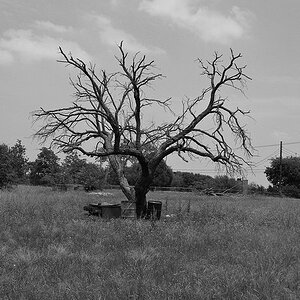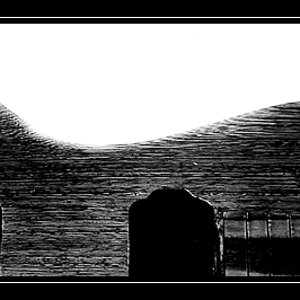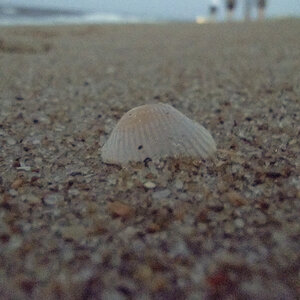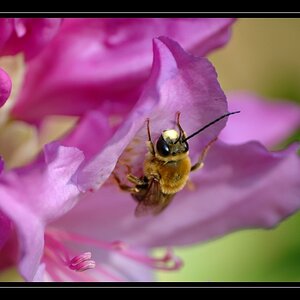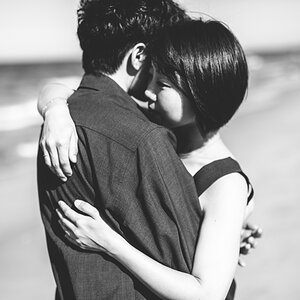Life
No longer a newbie, moving up!
- Joined
- Jun 16, 2014
- Messages
- 308
- Reaction score
- 47
- Location
- Michigan USA
- Website
- www.holthausphoto.com
- Can others edit my Photos
- Photos OK to edit
The title says it all. I would like to capture up to 7 busy days all in one picture. Surely some of you have heard of Micheal Weasly, who took a almost 3 year long exposure.I am about to buy ND filters. A family members birthday coming up in a month, and I would like to take a 1-7day long exposure as a gift. I know it's possible, and I won't get it right the first time. But I think if I get them now I might just get lucky. My question is, does anyone know how many strong ND filters I would need? And do I need different filters too, or only ND? Anyone who can help on this question, it would be really great, thanks!



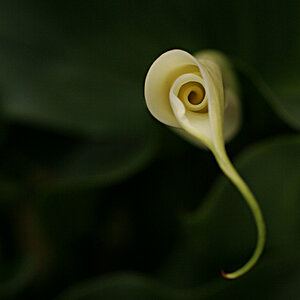
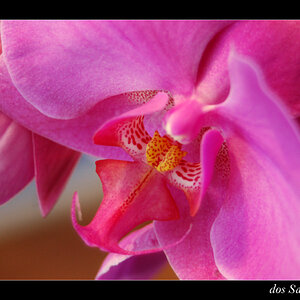
![[No title]](/data/xfmg/thumbnail/38/38737-350089c7ae87f5c983c5362b9b78b671.jpg?1619738703)
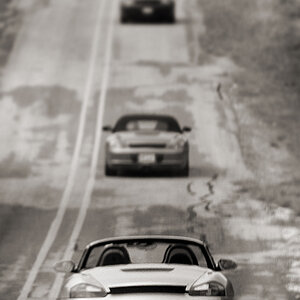
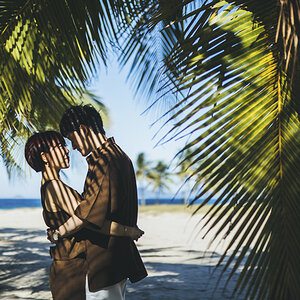
![[No title]](/data/xfmg/thumbnail/32/32708-c55da623febe9d91efe5f28aa54c3090.jpg?1619735612)
